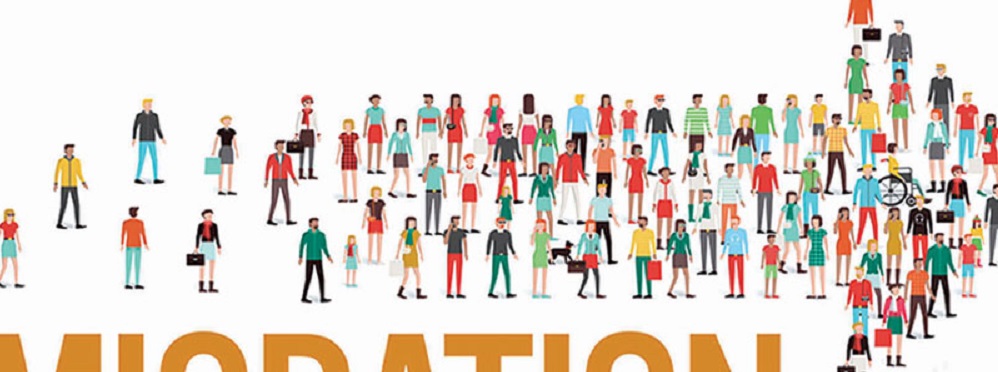International Migrants
The current global estimate is that there were around 272 million international migrants in the world in 2019, which equates to 3.5 per cent of the global population. A first important point to note is that this is a very small minority of the world’s population, meaning that staying within one’s country of birth overwhelmingly remains the norm. The great majority of people do not migrate across borders; much larger numbers migrate within countries (an estimated 740 million internal migrants in 2009). That said, the increase in international migrants has been evident over time – both numerically and proportionally – and at a slightly faster rate than previously anticipated.
The long-term and growing body of evidence on migration and mobility shows that migration is in large part related to the broader global economic, social, political and technological transformations that are affecting a wide range of high-priority policy issues. As the processes of globalization deepen, these transformations increasingly shape our lives – in our workplaces, in our homes, in our social and spiritual lives – as we go about our daily routines. Increasing numbers of people are able to access information, goods and services from around the world because of the ongoing expansion in distance-shrinking technologies.
There is also a sense that we are in the midst of a period of considerable uncertainty. Many commentators have called into question the solidity of aspects of the global political order forged in the immediate aftermath of the two world wars, including as they relate to alliances and common interests. Others are calling this time the “age of anger”, tracing back the current sense of geopolitical uncertainty and discontent to a dominant and relentless focus on “logic” and “liberal rationalism” at the expense of emotional responsiveness.
Bangladeshi citizens have pursued international employment for more than four decades. The Government of Bangladesh has set up a yearly target of sending 1 million Bangladeshis abroad, including men and women workers, to the international job market. Over the past decade, an average of 600,000 Bangladeshis have pursued short-term labour migration each year. After a brief fluctuation from 2009 to 2013, the outmigration trend has registered a steady rise, with the annual target of 1 million outmigration fulfilled in 2017. Bangladeshi women are also increasingly participating in the international labour market, with women migration representing 12 per cent of the total migration flow from the country in 2017. Although labour migration has emerged as a major source of foreign currency, the challenges to their delivery, and scopes for further improvement. Service delivery to labour migrants is related to labour and human rights and State obligation to protect them.
Research programs
Advocacy
Grass-roots project
Others











